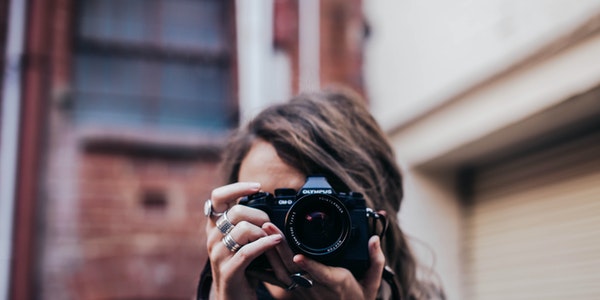Table of Contents
Photography Category
Art photography
With the development, people continue to add artistic elements in photography and begin to produce artistic photography. The difference between it and documentary photography lies in the degree and level of artistry, and there is no absolute limit. For example: we go to take a photo as an ID card or keep a souvenir. The photos taken in general photo studios have at most some information or record value. However, the portraits taken by Mr. Zheng Jingkang of Mr. Qi Baishi, 50 years later, are still one of the 20 best portraits in the world. The difference lies entirely in the level of artistry. The effect of artistic photography is more beautiful, because it not only requires technology, but also finds the time, place and angle of the shooting.
Pictorial photography
Pictorial photography has always been an important way of expression in portrait photography with its beautiful picture language and beautiful design connotation. In the second half of the 19th century, British photographer Leilanda shot a work that was predicted to be “the coming of a new era of photography”-“The Two Roads of Life”. When photography was still underestimated, this work was Its persuasive themes and oil painting-like composition were highly praised by Queen Victoria. It can be said that Leilanda has contributed to the advancement of the art of photography. Since then, pictorial photography has gradually become an important genre in the art of photography.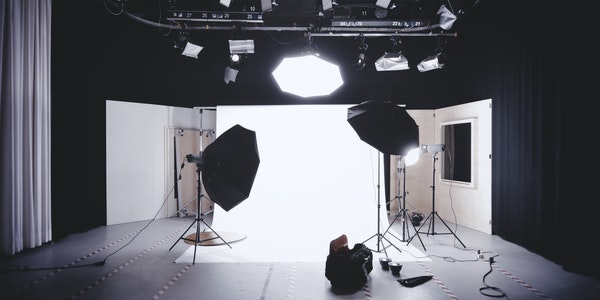
![]()
![]()
![]()
Commercial Photography
Commercial photography, as the name implies, refers to photography activities carried out for commercial purposes. In a narrow sense, it is commercial photography. In a broad sense, it is a type of photography for publishing products or writing stories. This type of photography is extremely important in today’s photography activities. This kind of photography exists for commercial interests, and it is more restrictive to shoot in accordance with the requirements of the enterprise.
Ink photography
Like traditional ink paintings, ink photography works currently on the market can be divided into landscapes, flowers and birds, and artistic conceptions according to themes, corresponding to landscape paintings and flower and bird paintings in Chinese painting. According to technique and artistic conception, it can be divided into abstract and concrete, corresponding to the freehand brushwork and fine brushwork in traditional Chinese painting. Although the ink-and-wash style photographic photos are unavoidable for post-processing using software such as Photoshop, this does not mean that the original photos can be arbitrarily distorted. Good ink photography works should modify the original photos as little as possible. It tests the photographer’s composition and ability to capture light and shadow.
Holography
Holographic photography refers to a new type of photography technology that records all the information about the amplitude and position of the reflected wave of the subject. Ordinary photography is to record the distribution of strong light on the surface of the object. It cannot record the phase information of the reflected light from the object, so it loses the sense of three-dimensionality. Holography uses laser light as the illumination source, and divides the light emitted by the light source into two beams, one beam is directly directed to the photosensitive film, and the other beam is reflected by the subject and then directed to the photosensitive film.
The human eye can only see the interference fringes like fingerprints when looking directly at this photosensitive film, but if the laser is used to irradiate it, the human eye can see the same three-dimensional image of the original object through the film. Even if only a small part of a holographic image is left, the entire scene can still be reproduced. Holographic photography can be applied to many aspects such as non-destructive flaw detection, ultrasonic holography, holographic microscope, holographic memory, holographic film and television in industry.
Photography genre
Pictorial photography
Pictorial photography is an art genre popular in the field of photography in the early 20th century. It was produced in England in the middle of the 19th century.
The photographers of this school pursue the effect of painting, or the realm of “poetic and picturesque” in their creation. It roughly experienced three stages: the stage of imitation painting; the stage of advocating Quya; the stage of painting meaning.
The pictorialist photographer proposed, “Raphael and Titian should be produced.”
Pictorialism photography has gone through a long period of development. The first pictorialist photographer was British painter Hille (1802-1870). He was good at portrait photography, with rigorous structure and elegant modeling. From 1851 to 1853, it was the period of growth of pictorialist photography. In 1869, the British photographer HP Robinson (1830-1901) published a book on the pictorial effects of photography. He proposed: “Photographers must have rich emotions and in-depth artistic knowledge in order to become good photographers. Undoubtedly The continuous improvement and invention of photography have revealed higher goals, because no matter how sophisticated and complete photography itself is, it is only a way to lead to higher goals.” It laid the theoretical foundation for the school.
In 1857, OG Leiland (1813—1875) created a Renaissance-style work composed of more than 30 negatives, “The Two Roads of Life”: Two Ways of Life, symbolizing painterlyism Maturity in photographic art.
The works of this period are mostly religious and contain a certain degree of metaphor. When shooting, the sketches are made in advance, and then the models and props are used to organize and arrange the scenes, and processed through the darkroom. Pursue the painting effect of the photo frame.
Subsequently, the content of pictorial photography has expanded, but the style still advocates classicism, and the modeling and composition still follow the rules of the academic school, so it appears to be reserved, calm and elegant.
When the genre develops to the stage of painting, the pursuit of the beauty of the emotion, artistic conception and form of the work is still its characteristic.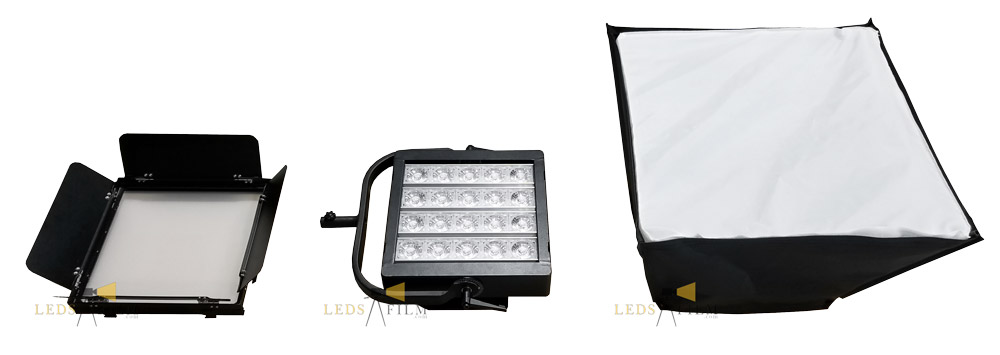
As the pictorialist photographer emphasizes artistic accomplishment: “If you want photography to have a position in art, photographers must first cultivate aesthetic ability and cultivate real artistic accomplishment.” So his historical merit is to mechanically take photography from the beginning. The description object is guided to the field of plastic art, which promotes the development of photographic art.
As most of the creations of painting doctrine are divorced from real life, coupled with the ever-improving photographic equipment, the continuous development of people’s aesthetic taste is impacted by “naturalism”. Despite this, it still has its place in the hall of photography art today.
The main photographers and works of this first-class school include: “The Banquet of the Baron” by Pleasant (?—1896), “Robinson Crusoe”, “Pagoda Scene”; Robin Lin’s “When the day is over “, “Autumn”, “Two Little Girls”, “Miryu”, “Juliet with a Poison Bottle”, “Dawn and Sunset”, “Leyland Baptist Covenant, the Head of the Sunrise”, “Iphijini” “Ya”, “Udit and Holofernes”, “Lady Cameron” (1815-1897) Tom Carlisle and Nida (1820-1910) “Russian at the End of the Day” and so on.
Impressionist photography
In 1899, Britain held the first exhibition of French Impressionist paintings. Under his influence, the pictorialist photographer Robinson proposed the aesthetic standard of “soft-key photography is more beautiful than sharp photography” and advocated “soft-key” photography. This genre is a reflection of painting impressionism in the field of photographic art.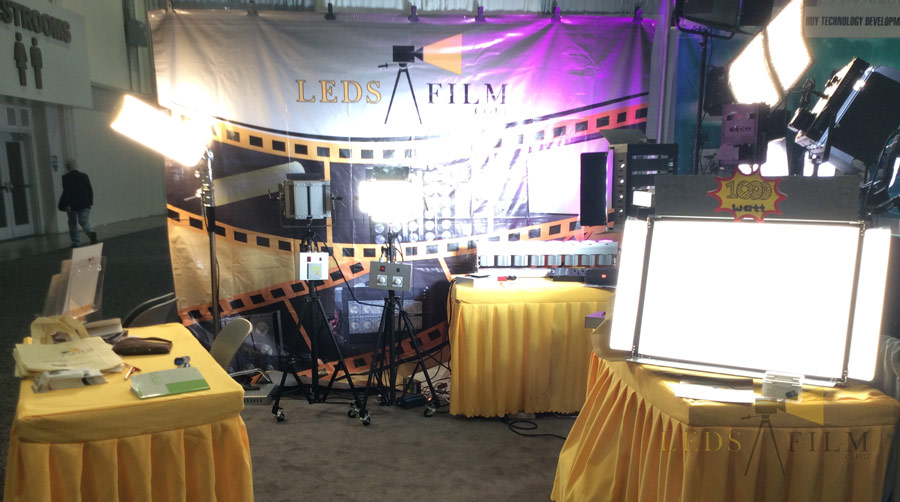
At the beginning, they used a soft focus lens to shoot, printed on cloth paper, and pursued a blurry and hazy artistic expression effect. With the emergence of the “silver bromide phase washing method” and the method of mixing dichromic acid gelatinized paper into the pigment, the impressionist works developed from the control of lens imaging to the darkroom processing. They proposed “to make the work look completely unlike photos”, and believed that “if there is no painting, there is no real photography.”
Under the guidance of this theory, the impressionist photographers also used brushes, pencils and erasers to process the photographs, deliberately changing the original light and dark changes, and pursuing the effect of “painting”, such as La Croya’s “Sweeping” in 1900 “Man in the Park” is like a charcoal drawing on a canvas. Impressionist photographers have completely lost the characteristics of photography art in their works, so some people call it “parody”. It can be said that it is a branch of pictorial photography.
The artistic characteristics of this first-class school are melancholic tone, rough shading, rich decoration, but lack of space. His famous photographers include Dumas (?—1937), Pujo (1857—1933), Qiu En (1866—1944), Wacek (1848—1903), and the Hofmeister Brothers (1868—1943). 1871—1937), Durkov (1848—1918), Eftel (1874—1948), Mizunner (1870—1943), Xin Tun (1863-1908), Chiri (1861-1947), etc..
Realistic photography
Realistic photography is a long-standing photographic genre, which continues to this day and is still the basic and main genre in photographic art. It is a reflection of realistic creative methods in the field of photographic art.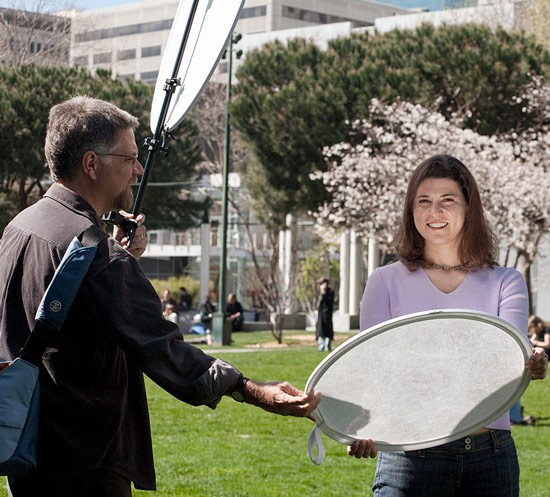
Photography artists of this genre abide by the documentary characteristics of photography in their creation. In their view, photography should have the fidelity of “equal with nature itself”, and every detail in the picture has only “mathematical accuracy”. Only works can exert the infectious and persuasive power that other art media do not possess. A. Stiglitz once said: “Only discussing loyalty is our mission.” On the other hand, they oppose the indifferent and purely objective reflection of the object like a mirror. The things reflected should have the artist’s own aesthetic judgment. The famous realist photographer Lewis Hein once said this famous saying: “I want to expose those things that should be corrected; at the same time, I want to reflect those things that should be praised.” It can be seen that they advocating art should “reflect life”. They dare to face reality, and most of their creative themes are taken from social life. The artistic style is simple and unpretentious, but it has strong testimony and prompting power.
The earliest photorealistic hobby was the collodion documentary filmed by British photographer Philip Delamotte in 1853. Later, there were Ross Fenton’s battlefield photography and William Jackson’s Yellowstone wonders in the late 1960s. After 1870, realistic photography gradually matured, and began to shift the lens to society and life. For example, the photographer at the time, Dr. Barnado, photographed the tragic situation of street children, which shocked people.
Subsequently, realism photographers appeared in large numbers, and their works are well-known in the history of photography for their strong reality and profoundness. For example, the British Brand’s “Coal Picker”, the United States R. Capa’s “A French woman with a shaved head is walking on the street”, (France) Weiss’s “Girl”, etc., to name a few.
Naturalistic photography
In 1898, the photographer Peter Henry Emerson published a paper entitled “Naturalist Photography” in view of the weaknesses of painterly creation, criticizing painterly photography as fragmented photography and advocating photographers to return to nature. To find creative inspiration. He believes that nature is the beginning and end of art, and only the art that is closest to nature and resembles nature is the highest art. He said that there is no art that reflects nature more accurately, meticulously, and faithfully than photography. “Emotionally and psychologically, the effect of photography hobbies lies in the unmodified lens scene recorded by photosensitive materials.” I sent another master, A.L. Paqiu, to make it more clear: “Fine art should be left to artists. As far as our photography is concerned, there is nothing to rely on fine art, and we should engage in independent creation.”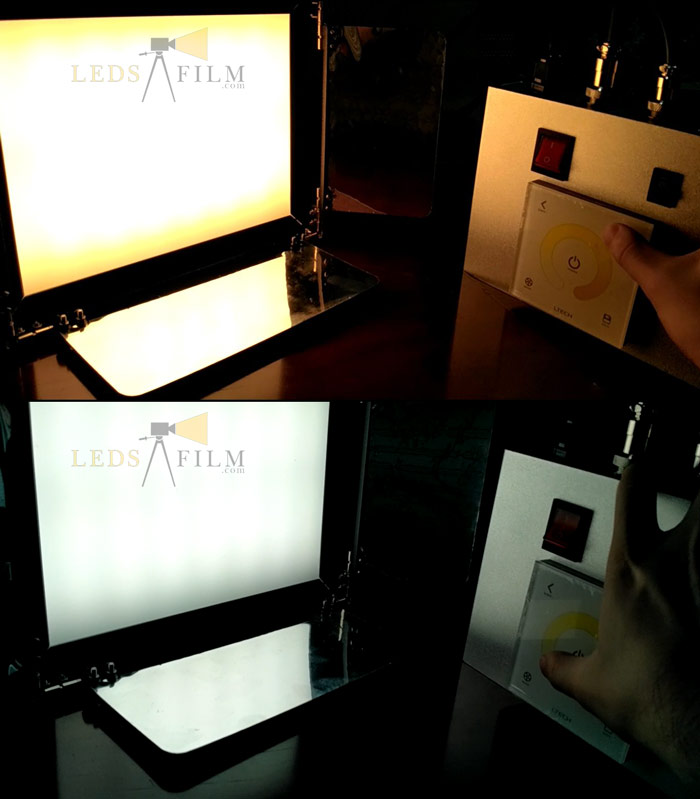
It can be seen that this kind of artistic proposition is a reaction to painterlyism. It urges people to free photography from the shackles of the academic school, and promotes the full use of photography’s own characteristics.
Most of the creative subjects of this first-class school are natural scenery and social life.
Since naturalistic photography is satisfied with describing the surface reality of reality and the “absolute” reality of details, it ignores the exploration of the essence of reality and the refinement of surface objects. In a word, it does not pay attention to the typification of artistic creation and the typification of artistic images. Therefore, it is essentially the vulgarization of realism. Sometimes it leads to a distortion of reality.
Purist photography
Purist photography is a genre of photographic art that matured in the early 20th century. Its founder was the American photographer Stiglitz (1864—1946). They advocated that the art of photography should give play to the characteristics and performance of photography itself, free it from the influence of painting, and use pure photography techniques to pursue the unique aesthetic effects of photography—highly clear, rich tonal levels, and subtle. The light and shadow changes, the pure black and white tone, the meticulous texture performance, and the precise image depiction. In short, the photographers of this school deliberately pursue the so-called “photographic quality”: accurately, directly, subtly and naturally to express the light, c
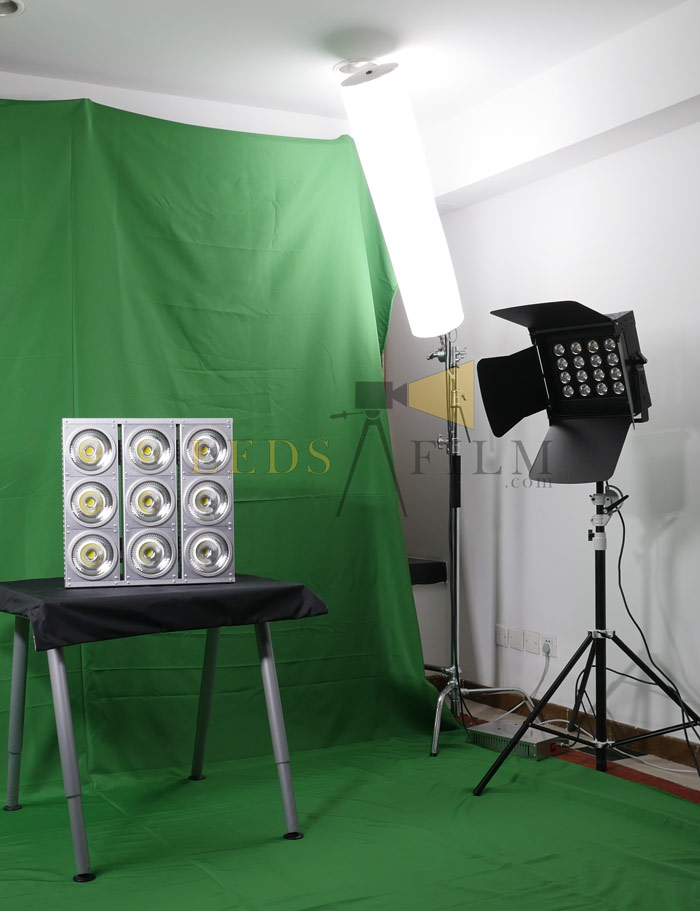
olor, line, shape, texture and quality of the subject without resorting to any other plastic arts. Medium.
“Overlooking New York” presented by Cobain in 1913 is a masterpiece of the purists. The photographer overlooks a certain square in New York from a height. Although there is no processing or modification, the novel composition and unique shape are refreshing. Another example is E Stein’s K Sandberg, who uses multiple exposures. The technique has restricted the space and time of a single piece of work, and delicately portrays the poet’s emotional transformation, the combination of tones and the change of composition in one picture, which has a great sense of rhythm.
From a certain point of view, some of the purists’ claims and creations are the “hybrid” of formalism and naturalism, which later evolved into “new materialism”. However, this genre has promoted people’s exploration and research on photography characteristics and performance skills to a certain extent.
The famous photographers of this class are Strand (1890-1976) and photographers in the F64 group photography organization, such as Adams and Cunningham.
The works of the Purists in the later period developed to the abstract aspects of lines, patterns and distorted images. Its influential photographers are Yabo, Steiner, Stottvin, and Evans.
(To Be Continued)
